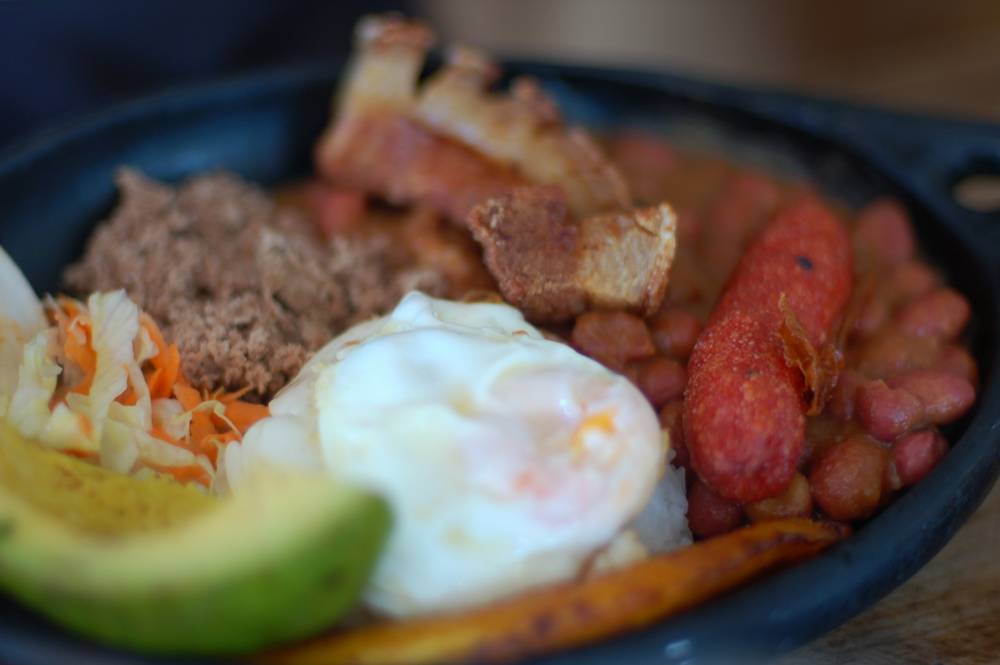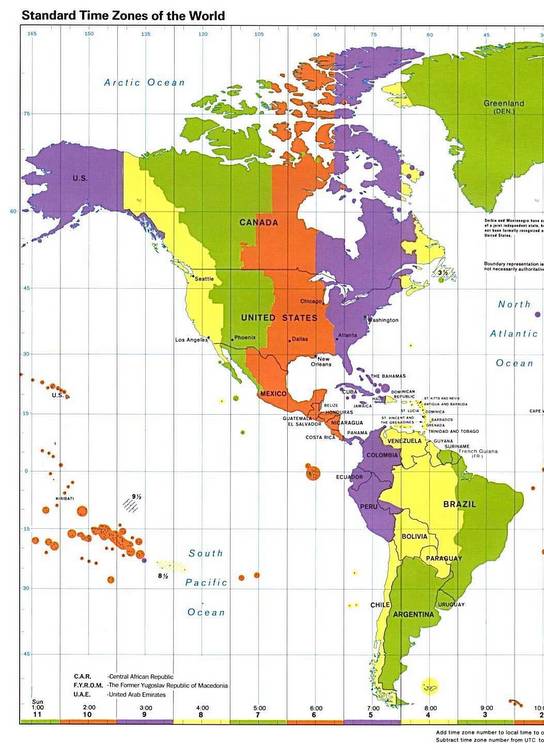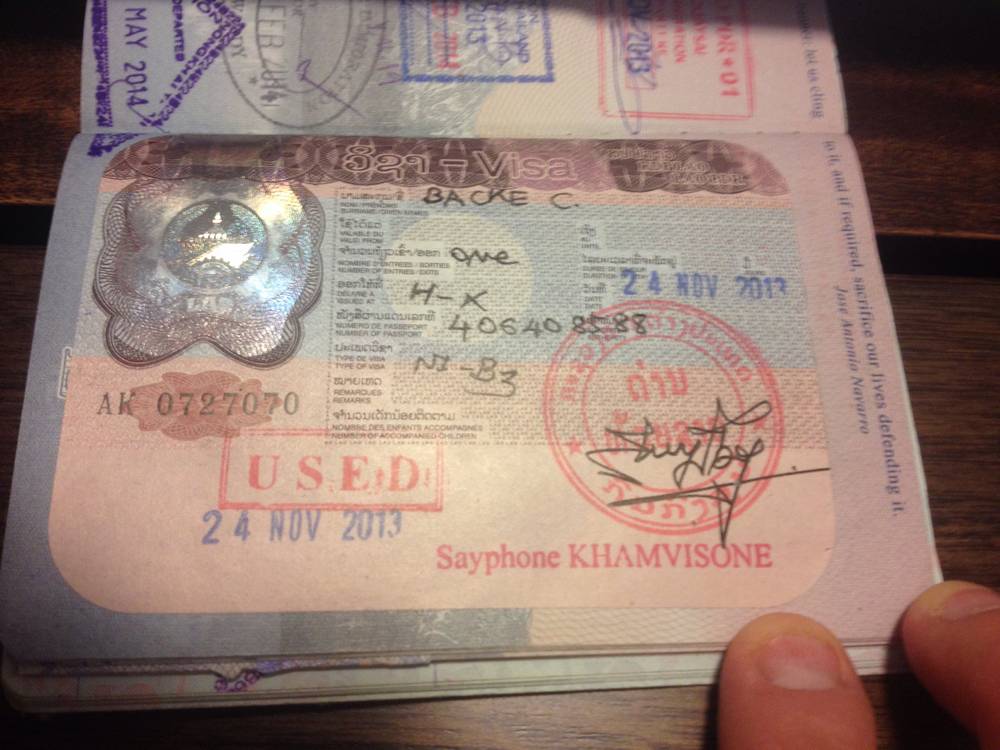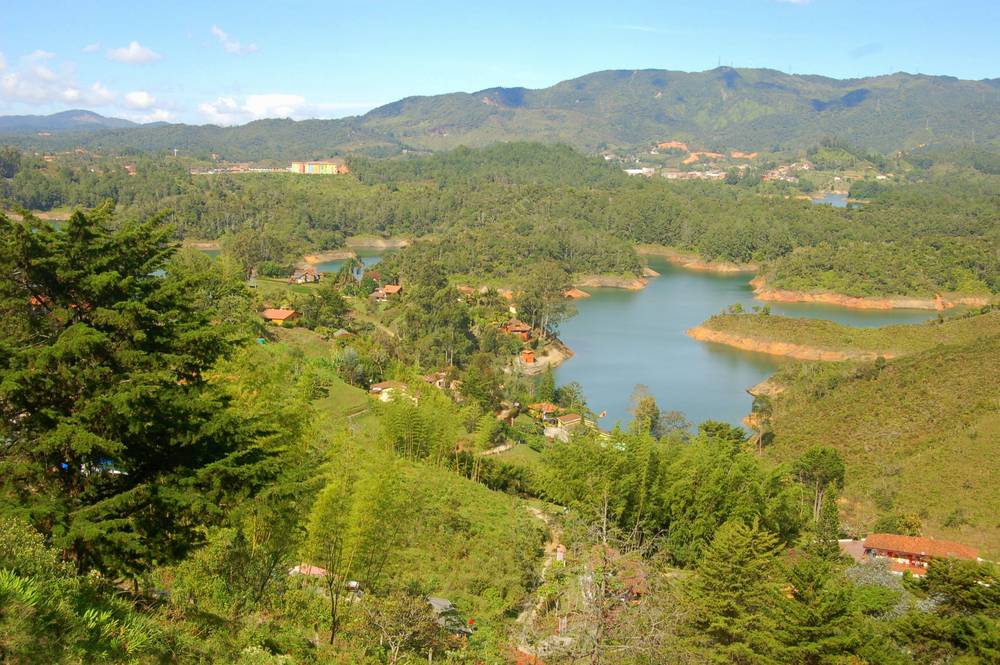We spent 2 years living in Southeast Asia. We’ve spent almost 8 months in South America. It’s time to compare the two.
A quick disclaimer here: your mileage will vary, obviously. Think of this as the 10,000 meter, very general overview based on personal experiences.
To say I love getting off the tourist trail is an understatement. Whether we’re exploring hell temples or local animal markets, there’s almost always something weird around town. When we’re not exploring, however, we’re in an apartment or hotel somewhere around the world. That’s where this ‘South America vs. Southeast Asia’ comparison comes in.
Cost of living
Southeast Asia ends up cheaper than South America the majority of the time if you’re comparing apples to apples. You can definitely find a cheap hostel or a five-star hotel in either area, naturally, and it’s relatively easy to live or travel on a budget or enjoy the high-end side in either area.
Advantage: SE Asia
Language
Southeast Asia suffers a bit here. On one hand, you’ll find yourself pretty well-accommodated in touristy areas without needing to resort to the local language. Once off the beaten place, English becomes rarer and less likely to see. Thai has five tones, a fact that tends to discourage the vast majority of tourists from putting in any serious time to learn it.
With only one major exception in Brazil, you’ll find South America open for business if you have even a conversational level of Spanish – a language you probably learned in high school, and a language that’s easier to pick up than most anything you’ll find in SE Asia.
Advantage: South America.
The rule of law / ethics
Jub from tikitouringkiwi.com says this:
I really love living in Southeast Asia, one of the biggest reasons is due to the lack of ‘PCness’ in the country. You can get away with driving after a few beers – knowing there isn’t a near zero tolerance from the police, you can request what you want to eat at many restaurants and they’ll make it and if you pay a few extra dollars you can get what you want to a point. With so few regulations, it can also be a pain with a higher risk of food poisoning, exploited workers and getting things done takes longer in general.
Southeast Asia is great for being able to rent a scooter without needing to show a local (or any) drivers license, just a passport to put down as a deposit. Southeast Asia is also fairly notorious for being pretty…. flexible… in how the rules of the road are applied in real life. The general lack of regulation is a double-edged sword, which can be a pro and con. You may not need to wear a helmet while meandering around Thailand, and the 500 baht (around $15) fine may not be a huge deterrence. You’ll also have no one but yourself to blame if your college education comes spilling out along a road somewhere.
While my observation on South America comes from only a couple of countries and no traveling via rented motorcycle or car, South America seems to have a greater awareness of the rule of law. There isn’t the same sort of ‘the law is just a suggestion’ or ‘the law only applies to the foreigners while the locals go free’, which was seen frequently. The occasional bus still runs a red light, but the rule of law definitely seems more respected in South America. That means you might not be able to rent a scooter so easily, but that also means no one else can either.
Ethics? While traveling through Southeast Asia, I sometimes felt like I saw dollar signs light up in the locals eyes. It wasn’t always the ‘how much can I get away with?’ look, but caution was definitely indicated with almost every transaction. It wears you down after awhile. It was also Southeast Asia that had animals on display for the enjoyment of tourists, whether it was elephant rides or the like. South America, at least after 8 months and several cities, hasn’t displayed that.
Advantage: slight advantage to South America
Safety
Claudia Tavani at myadventuresacrosstheworld.com says this:
I may be biased, but I love South America. I have roamed all over the continent several times and for months at end, and never perceived any particular danger. I think being Italian and speaking Spanish definitely helps a lot in communicating with the locals. In the course of my time there I learned to appreciate the culture, the way of life and the overall vibe.
Also, there is a lot of difference between the various countries of South America, where Argentina, Chile and Uruguay are much more advanced (and perceived as safer) than the rest. Speaking about South America in general terms may thus be misleading.
This is not to say that I felt unsafe in South East Asia – not at all indeed. But the fact that the culture is so different, the language barriers so strong, and the quantity of people who live there huge made it a bit overwhelming for me. I couldn’t wait to get away!
Food

Startup / business culture

Visas

Adventure

Other thoughts
None of this seemed to fit in other categories:
- Internet speeds have been counter-intuitive and all over the place. Central Bangkok, where all the services claim to have 4G networks? It crawls. Small-town Baños, Ecuador? Was actually pretty good. Landline connections with Ethernet cords in our apartments have been pretty good on both continents, though I noted a correlation between internet issues and when it rained in Medellin.
- Southeast Asia has plenty of ‘made-in-China’ and knockoff offerings, with the prices and quality you expect. South America has some knockoff offerings, but not nearly as many as I expected. As I type this I’m in the market for a new iPad case – despite looking in multiple markets and malls, I’ve yet to find one nearly as cheap as I could in Thailand.
- As health care goes, Bangkok has a few world-class hospitals. Chiang Mai, Phuket, and a couple other cities in Southeast Asia have some worthy facilities as well. South America? I’ve seen what look like nice enough facilities on the outside, but thankfully haven’t had a need to check this out first-hand.
- If climate factors into your equation, Bangkok is statistically the hottest city on the planet. Medellin had what I could consider a near-perfect spring-like temperature. There’s a little something for everyone in South America, while Southeast Asia rarely has what you’d call ‘winter’ with any serious amounts of snow.
Overall
For me, Southeast Asia will [almost] always win. If not for the Khao Soi, then for the low cost of living, the exotic landscapes, and the thrill of living in a culture completely inverted from my own. That being said, it really depends what we were looking for! If we were planning to stay long term, you could probably sell me on South America. My Spanish stands a chance while I’m still about 4 tones away from any sort of conversational Thai.
Like this post? Like the Facebook page!



A few interesting observations here (have not been to South America): Food, as a vegan I think I’ll struggle with food in south america.
Safety, I always have seen South America as a sketchier place but in saying that have never felt in danger like yourself in Southeast Asia so no doubt with a bit of self awareness, South America will be no different. Cheers for the sharing your insight!
Great post and comparison. I think you are spot on. I have traveled all over Latin America and a lot of places in Asia. Thailand is a very special place and I love it there, but for me, I feel more at home in Latin America. Especially a place like Colombia. But overall it is really a toss up. Both have some ups and downs, but i think if you look hard enough, you will find an awesome place in either continent. Cool blog, I will be reading more!
I am traveling to SE Asia again this coming Friday. I am excited, but part of me still wishes to be traveling across South America. That’s where my heart is.
“While traveling through Southeast Asia, I sometimes felt like I saw dollar signs light up in the locals eyes.” My time in Vietnam was so polluted by this feeling that I ended up hating it.
On the topic of safety: Chris, how much trust do you have in the governments’ official stances on safety? I know that Canada says that most of Latin America is much more dangerous than most of Southeast Asia.
Very little. A country like Thailand, which has long had an incentive to keep numbers of deaths and injuries unpublished or low, has had very little credibility for a long time. A country like the US lost a lot of credibility by issuing a ‘worldwide travel alert’ without offering any specifics.
One benefit of being a travel blogger is the network of awesome people you hear about. I have friends that have traveled Antarctica, are traveling Iran / Iraq right now, and otherwise planning adventures around the world. At the risk of sounding cliché, staying safe really comes back to the same four or five things, done pretty much all the time. One can be perfectly safe in Thailand (a country perceived to be dangerous) and one can lose everything in Japan (a country perceived to be safe).
First of all, I like this post. After travelling for over a year in SEA and living for over two year in SA, I enjoy this comparisson.
But one note: Safetyness is a real big issue in Latin America and therefore will never give that point in favour of South America. Patagonia of course, is super safe, but everything is is tricky. Scams, pickpockets and raids are always present in Latin America.
I only would say that bus rides are more dangerous in SAI as the bus drivers are (more) nuts.
I kind of wish there was a DEFCON-style number for safety while traveling. Base it on a number of data sources (official crime tallies, international perception rankings, local media reports, perception ratings from locals and travelers) and distill it to a simple 1 to 5 or 1 to 10 sort of scale.
Medellin felt quite safe, but even in that Colombian city there were neighborhoods where foreigners shouldn’t visit. Poblado (the big expat district in Medellin) attracted some unsavory types after dark, as many neighborhoods that cater to (relatively) rich foreigners do. Bogota and Quito have felt safe, and we’ve walked around some sketchy neighborhoods in both these towns.
In any case, one can be scammed or pickpocketed in ‘safe’ countries and be perfectly safe and fine in ‘dangerous’ countries like Iran. How you handle yourself and stay aware remains your trump card.